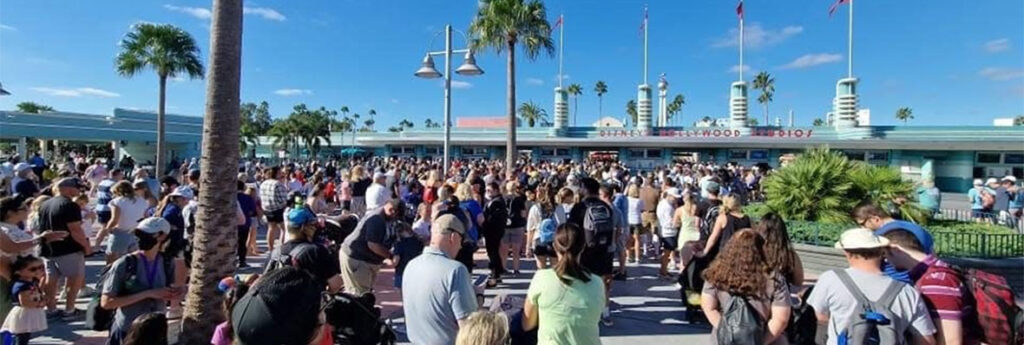Tourist attractions in central Florida appear to have avoided severe damage from Hurricane Ian. Disney World re-opened to visitors on Friday – the day after the storm – while Universal Orlando Resort started with a “phased” re-opening with its hotel guests first in line. SeaWorld parks, along with Busch Gardens Tampa, re-opened Saturday.
However, many businesses on the state’s southwestern coast weren’t so lucky and face a long rebuilding process.
In Fort Myers, video posted on social media showed the Times Square, a colourful area of shops and restaurants, leveled by the storm. Sanibel, a barrier island dotted with resorts and connected to Fort Myers by a causeway, was devastated.
Carol Dover, president of the Florida Restaurant & Lodging Association, paused in the middle of an interview to watch live television, and was relieved to see the Westin Cape Coral Resort along the marina in Fort Myers still standing.
“But now everything that they are showing on CNN is flattened. I don’t see anything but rubble,” she gasped. “We have a lot of rebuilding to do, and it’s not done in a month. This sometimes takes years.”
Ian came ashore in southwest Florida Thursday as a Category 4 hurricane accompanied by storm surges that left thousands trapped by flooding and millions without power. As it moved inland and weakened — eventually to a tropical storm — high winds and heavy rain continued. But theme parks and other tourism magnets in central Florida appeared to have dodged crippling harm.
In the Orlando area, Walt Disney World and other attractions had closed ahead of the storm and remained shuttered as the storm hammered the region on Thursday.
The storm disrupted air travel to Florida, but only briefly. Some airports that closed, including Orlando and Tampa, had resumed flights by Friday morning.
President Joe Biden declared the state a disaster area, clearing the way for federal aid to people in numerous counties.
Florida’s leisure and hospitality sector accounts for nearly 1.3 million jobs, a 9.6% increase from a year ago, according to figures from the Florida Department of Economic Opportunity. Most of those jobs are in lodging and food services.
“As far as tourism, unfortunately they were rolling into their high season — the fall and winter months up north — so the timing is extra unfortunate,” said Sean Snaith, director of the economic forecasting institute at the University of Central Florida. “But the beaches are still there, the theme parks are there, the weather is still nice outside of the hurricane. Tourists will come back.”

